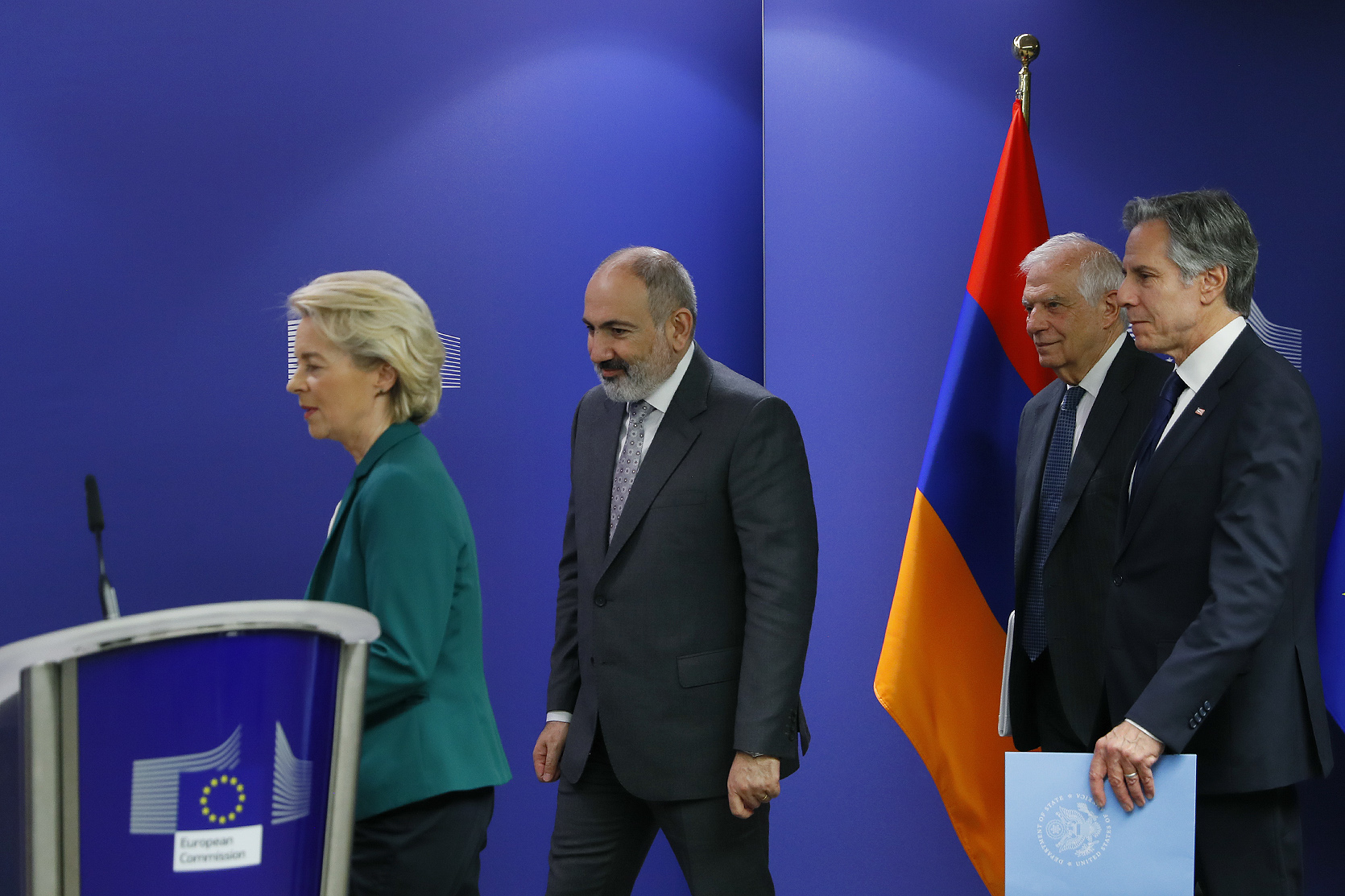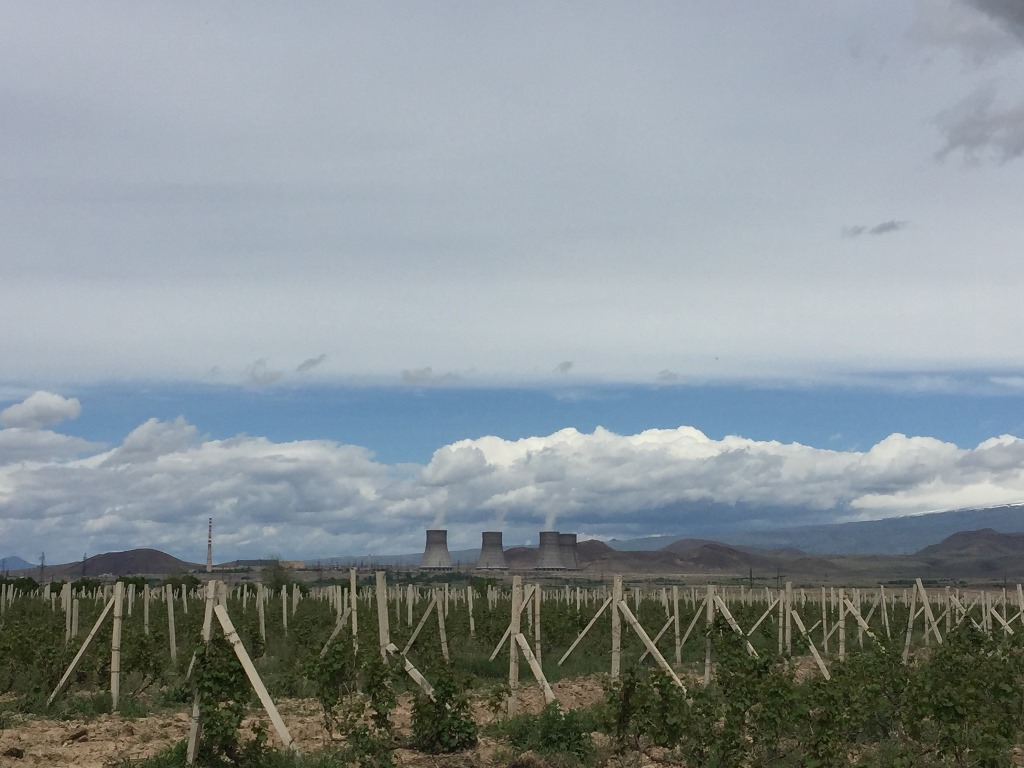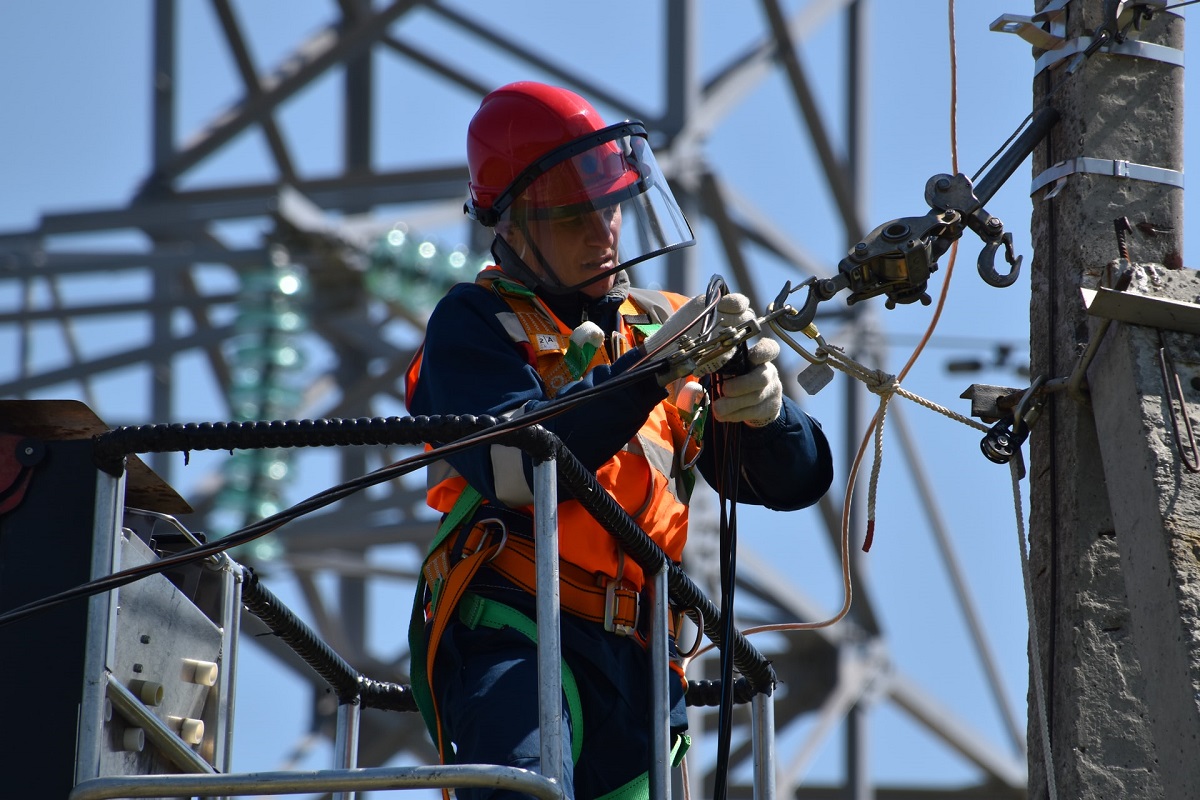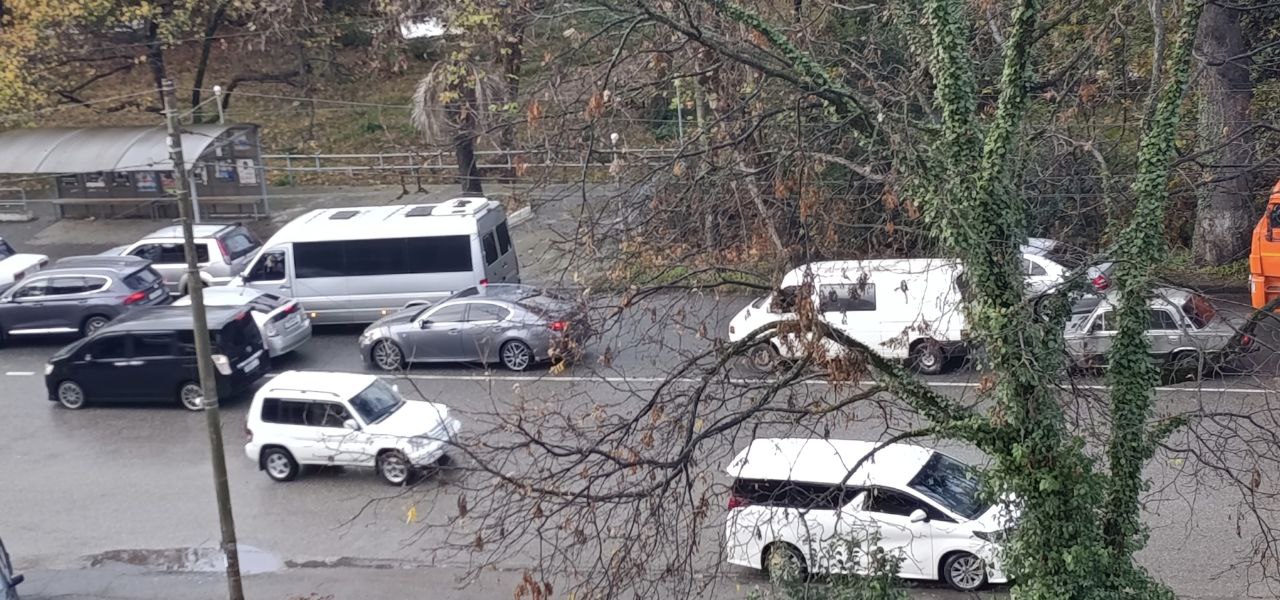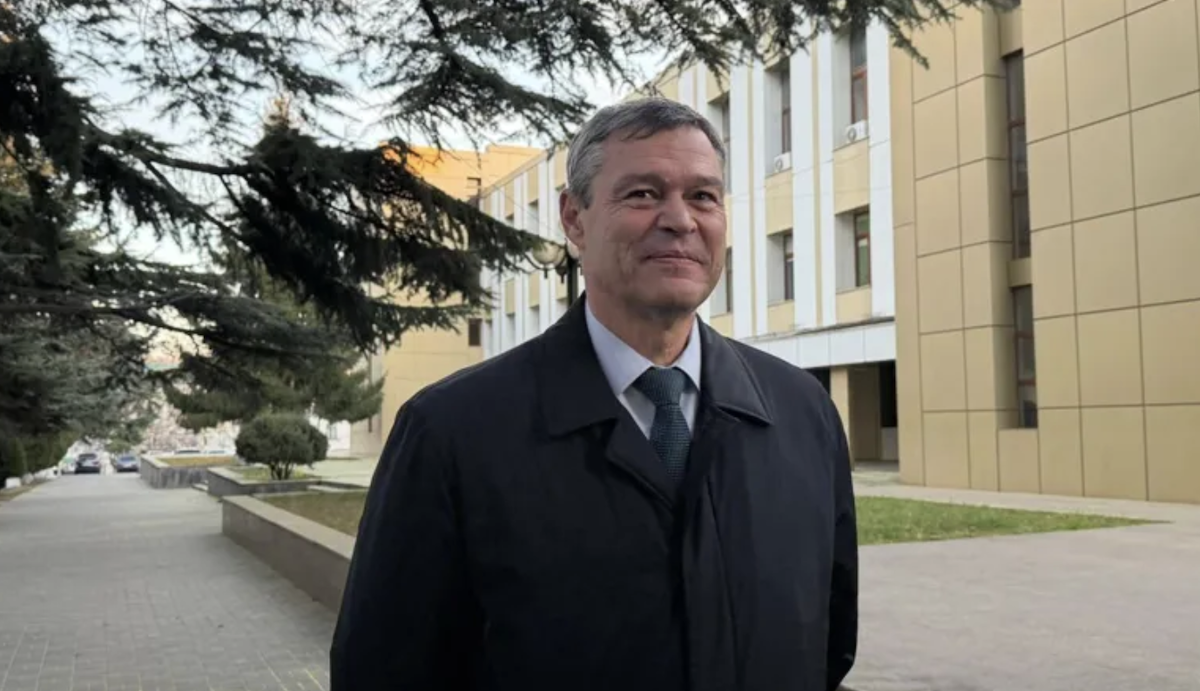Who will build the new nuclear power plant in Armenia? Here’s what to know
New nuclear power plant in Armenia
“The construction of a new nuclear power plant in Armenia has entered a critical phase,” said Armen Grigoryan, the Secretary of the Security Council. And added, “Now it’s the U.S.’s turn.”
When asked to clarify this remark, Deputy Minister of Territorial Administration and Infrastructure Hakob Vardanyan explained that Armenia is currently establishing the legal and contractual framework necessary to discuss the potential placement of American energy units in the country.
Vardanyan suggested that this was what the Security Council Secretary was referring to.
He noted that the U.S. has invited Armenia to join an agreement known as “1, 2, 3.” Only after this document is ratified will American companies be able to collaborate with Armenia in the nuclear energy sector.
“We are currently in the process of internal approvals. Once we join this agreement, we will have a real opportunity to discuss the placement of American energy units here,” Vardanyan stated.
The Armenian government is actively discussing the construction of a new nuclear power unit, as the current Metsamor Nuclear Power Plant is set to reach the end of its operational life in 12 years.
Energy experts and builders laid the foundation for Armenia’s nuclear power plant in 1969, with the first unit becoming operational in 1977. Since then, Russia has been involved in extending the plant’s lifespan and modernizing it. However, Yerevan is now exploring the possibility of building a new nuclear power station in discussions with other countries, particularly the United States.
- “Armenia’s economic growth potential is not infinite.” Opinion
- Modernization of old buildings in Armenia: energy savings and modern design
- Benefits of solar energy in Armenia: three examples
Armenia’s energy needs and the cost of meeting them
Given Armenia’s domestic consumption data, a capacity of 600 megawatts is considered the most optimal for the country, according to Deputy Minister of Territorial Administration and Infrastructure Hakob Vardanyan.
“At present, a capacity of 600-700 megawatts is sufficient for Armenia. This is crucial to ensure that nuclear power does not hinder the development of renewable energy resources in the country,” Vardanyan said.
The cost will play a significant role in the decision-making process. Armenia has already received several proposals, although details remain confidential for privacy reasons.
“The cost per kilowatt-hour of installed capacity could range from $4,000 to $20,000. For financing, Armenia will follow standard practices. If the state acts as both the client and buyer, the funding will come from the country supplying the nuclear technology,” Vardanyan stated.
Armenia favors small modular reactors for nuclear power
In Armenia, small modular reactors are considered more attractive than large-scale plants. According to the Deputy Minister of Territorial Administration and Infrastructure, large reactors could present technical challenges for the country’s energy system.
“We experience peak demand of 1,000-1,200 megawatts only during certain seasons. Operating a 1,200-megawatt plant can be quite complex and problematic, and sometimes even impossible,” he noted.
Moreover, to ensure system stability, there must be backup power sources for maintenance and emergency outages.
Hakob Vardanyan explained that small modular reactors offer advanced safety features and are more seismically resilient compared to larger reactors.
Three key partners: U.S., Russia, and South Korea
According to the Deputy Minister of Territorial Administration and Infrastructure, discussions about the future nuclear unit are actively involving the United States, Russia, and South Korea.
Chinese and French companies have also shown some interest.
However, the decision will also take into account which countries have been most active in building nuclear power plants recently.
“There are three main players: Russia, China, and South Korea. China has built the most nuclear power plants, but all on its own territory. Russia and South Korea, in addition to their own territories, have built and are building in other countries, with Russia doing slightly more and South Korea slightly less,” he explained.
New company to oversee construction of Armenia’s nuclear power unit
In early August, the Armenian government decided to establish a new company to manage the construction of the upcoming nuclear power unit.
The company, a closed joint-stock entity, will be set up in accordance with guidelines from the International Atomic Energy Agency and will operate under the jurisdiction of the Ministry of Territorial Administration and Infrastructure.
This company will make the final decision on which proposal to accept, the technology to be used, and the capacity of the new plant. It will have two years to reach this decision.
“There are many factors to consider: not just capacity, but also construction timelines, licensing, safety, long-term operation, and fuel. As a landlocked country, we face many constraints related to the import of goods. Both the Russian and American proposals are extensive, consisting of thousands of pages. We need to analyze these documents and choose the best option for Armenia,” said Hakob Vardanyan.











